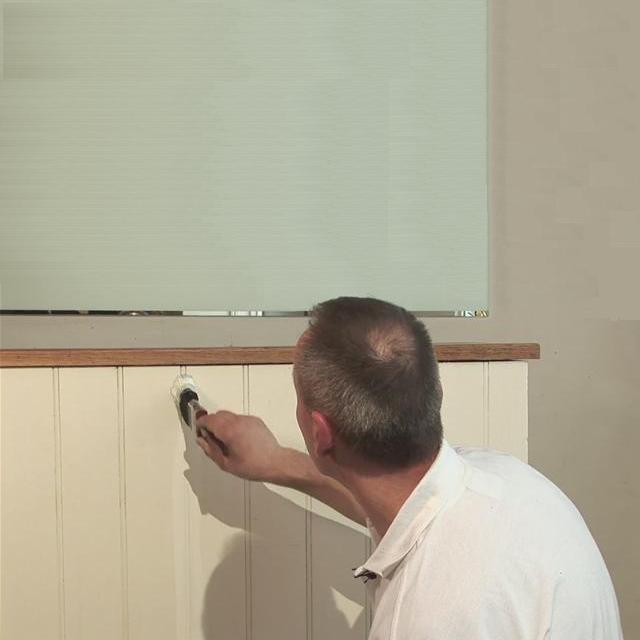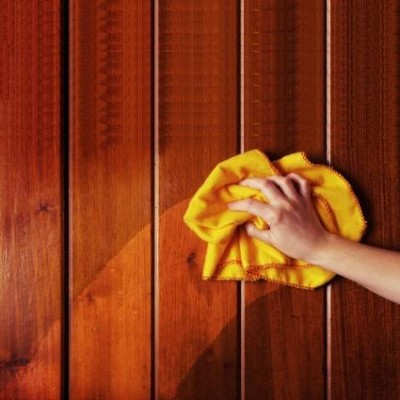How to Paint Over Paneling

Lately, you may have been thinking to paint the panelling on the kitchen walls perhaps because it is too dark for your liking. You can either hire a professional to paint over the panelling or you can do it yourself and save money. If you want to do it yourself then this guide might help you in making your work easier.
Things Required:
– Drop cloth
– Trisodium Phosphate (TSP)
– Sponge
– Spackling Compound
– Fine sandpaper
– Masking tape
– Primer
– Paint
– Water resistant paint roller
– Sash brush
Instructions
-
1
See how the panelling was installed on the walls. You may want to remove the panelling and then paint over it. This may not be possible because conventionally, panelling is installed using nails and adhesive and you may damage it in an effort to remove it. If that is the case, you need to paint over the panelling without removing it.
Before you start painting the panelling, decide what sort of a texture you want to have. In case you want to give a smooth finish, consider filling the panelling grooves with wood filler. -
2
Clear the area near the panelling that you are going to paint. Move away any furniture and place a drop cloth on the floor to cover it. This will prevent paint stains on the floor.
-
3
Now you need to clean the panelling to remove any dirt or grease accumulated on it. Thoroughly wipe the panelling with a sponge soaked in trisodium phosphate (TSP). When you are done cleaning, there is no grease or dirt left on the panelling otherwise paint will not stick to it.
Image courtesy: furniture-refinishing-guide.com

-
4
To fill any damages areas or holes on the panelling, use spackilng compound. This is important because you have to ensure that the panelling area is smooth and level before you start painting it. After the spackling compound dries, sand it smooth with fine sandpaper.
-
5
You may have outlet covers or switchboard covers installed in the panelling. Remove them and cover the hollow area using masking tape.
-
6
Now that you have disposed the preliminaries, you need to start painting the panelling. Apply a uniform coat of primer on the panelling. The primer will hide any imperfections and will also serve as a base for the paint to stick on. Let the primer coat dry completely.
-
7
In area where you have ample space, use a water resistant paint roller, start paint the panelling. Use a sash brush to paint the corners because a paint roller can not reach in the corners. When you are done with the first coat, let it dry completely. See if there is a need to apply another coat. If necessary, apply another coat of paint in the same manner.






